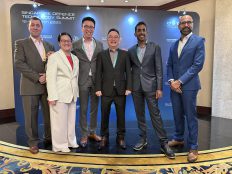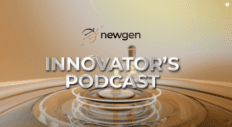As Singapore embarks on Smart Nation 2.0, the focus is shifting from just infrastructure and economic growth to building a more inclusive, resilient society where technology benefits all. Here are key takeaways from my full commentary covered in The Business Times on 12 October, 2024:
1. Empowering Communities with Technology
Singapore’s aging population presents significant challenges, with one in four Singaporeans projected to be over 65 by 2030. Smart Nation 2.0 focuses on addressing this demographic shift through AI-driven healthcare solutions and innovations in preventive care, ensuring the nation’s continued economic competitiveness and social well-being. By prioritising digital inclusivity, AI and digital platforms, such as Health Kaki, can foster collaboration across all demographics, from individuals to families and healthcare providers.
2. Future-Proofing the Workforce
AI is projected to add S$198.3 billion to Singapore’s economy by 2030, transforming industries like finance and logistics. Smart Nation 2.0 aims to harness these advancements for widespread economic benefit while ensuring that they serve the needs of both businesses and the public. With automation on the rise, programmes like Temus’ Step IT Up are preparing Singapore’s workforce for the future, helping those from non-tech backgrounds transition into digital careers and addressing the risks of job displacement.
3. A Digital Exoskeleton for Singapore
Just as an exoskeleton enhances human abilities, Smart Nation 2.0 is designed to strengthen Singapore’s capabilities, enabling the country to overcome demographic challenges, bridge the digital divide, and create opportunities for all. With some in the community expressing concerns about rapid technological changes. Smart Nation 2.0 aims to address this by building trust in technology, ensuring that digital transformation serves the wider community, and not just businesses or governments.




